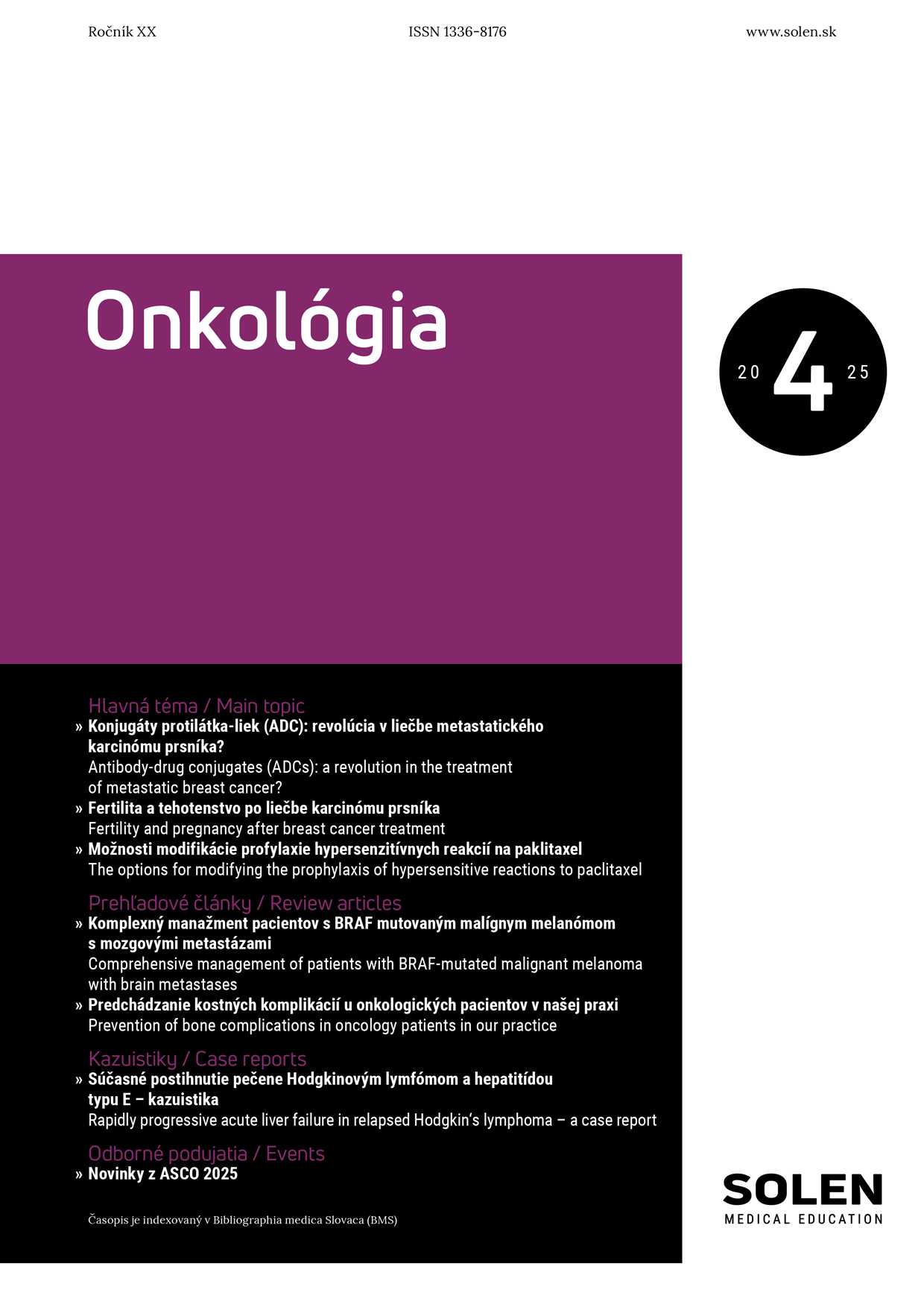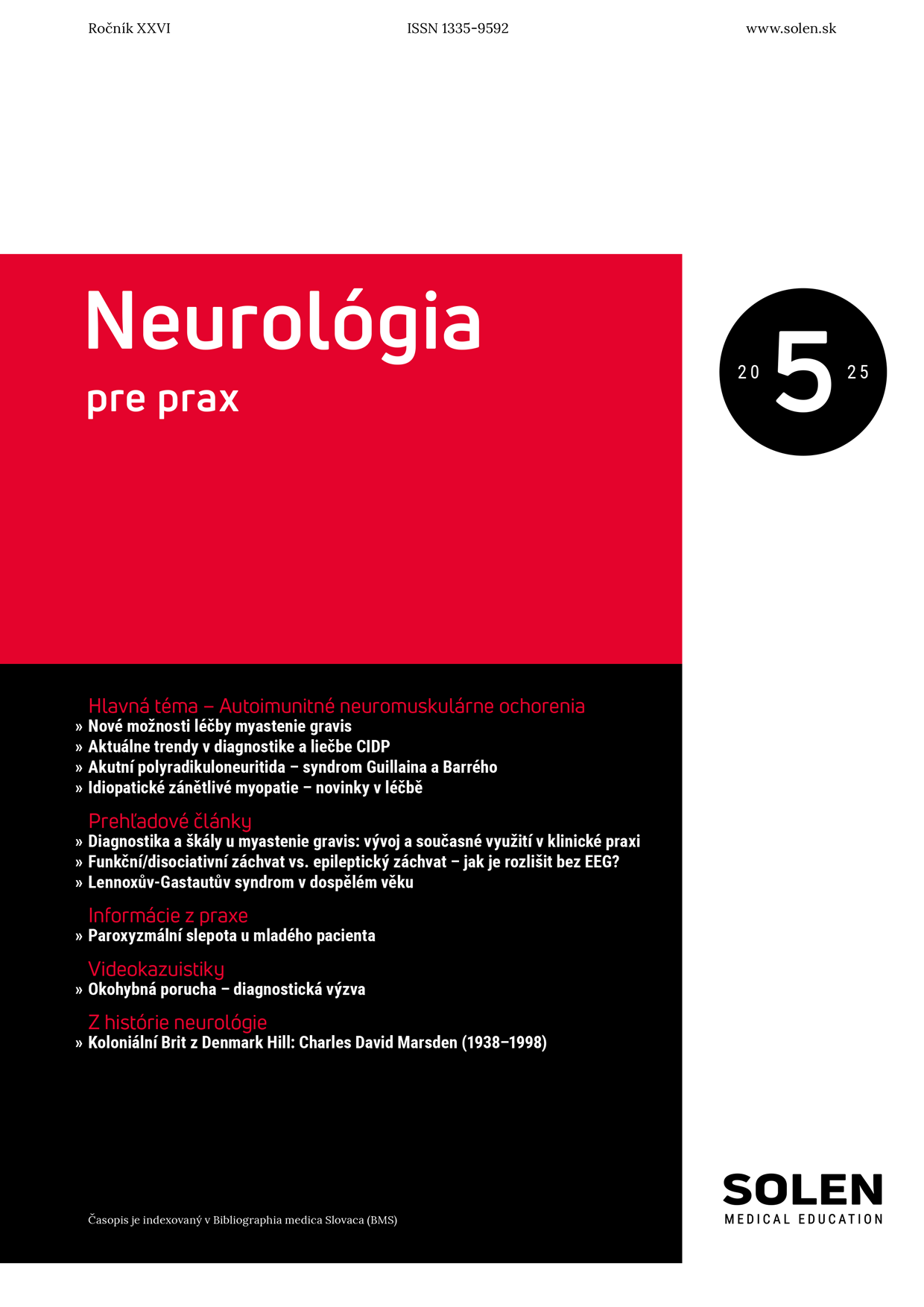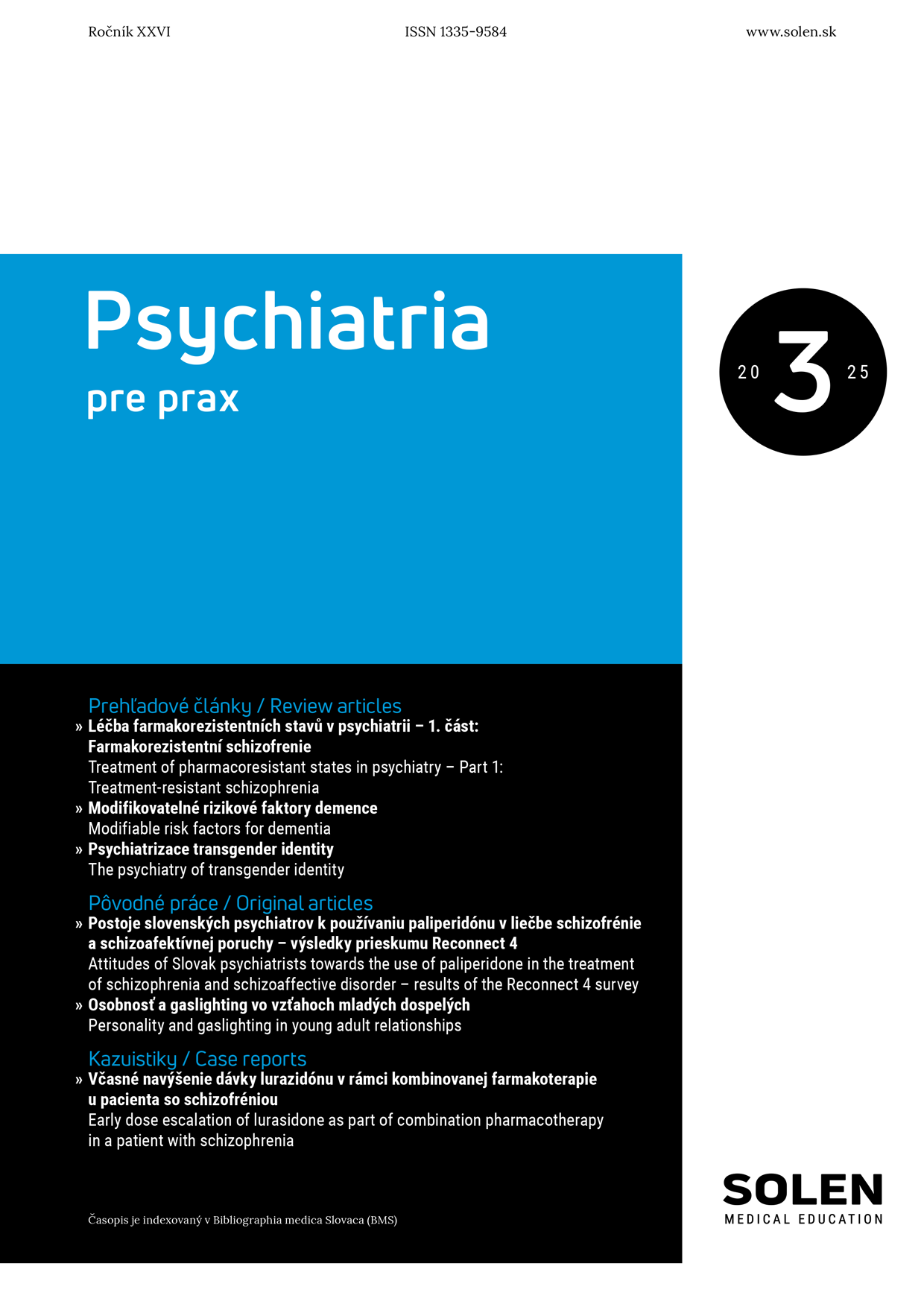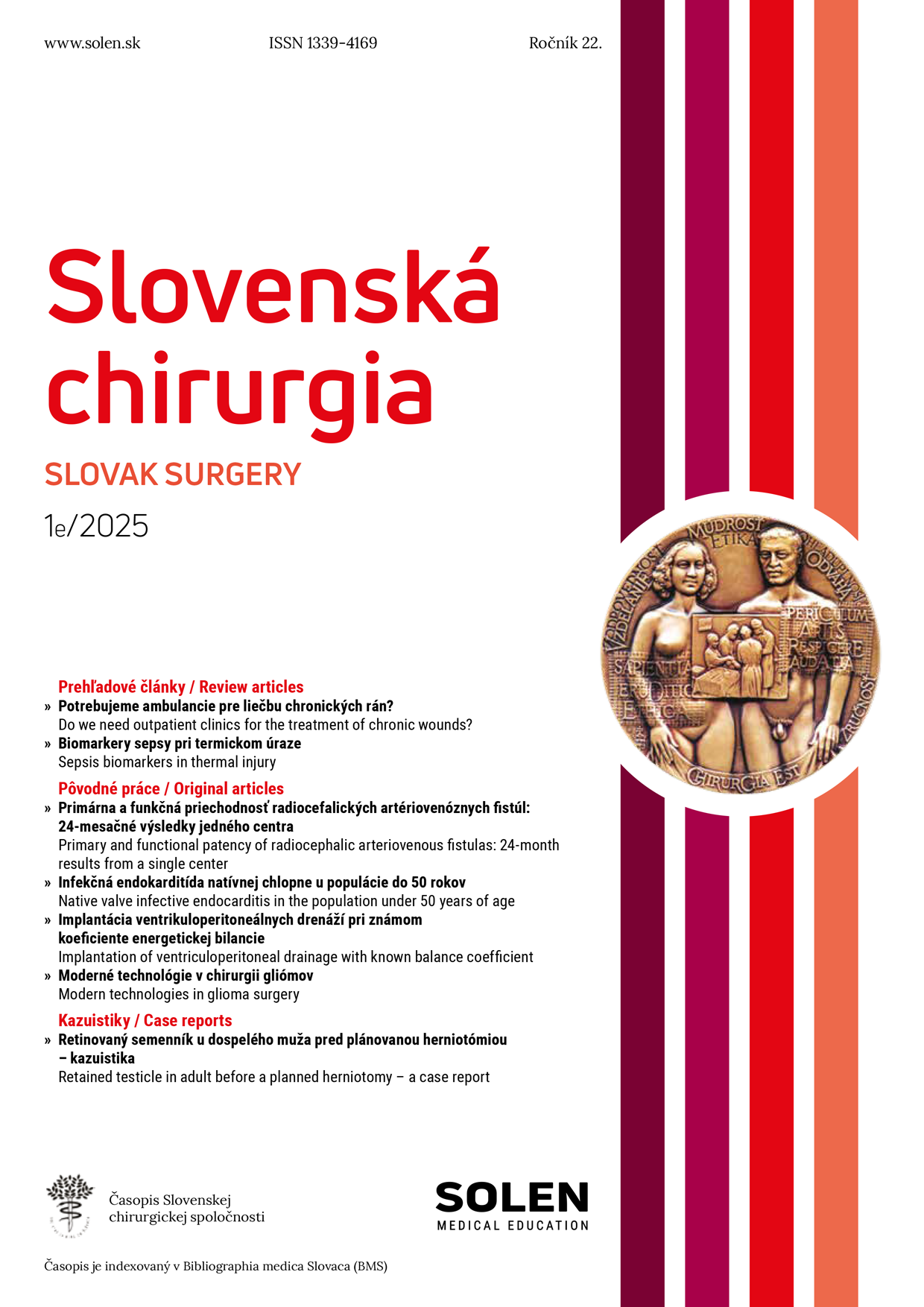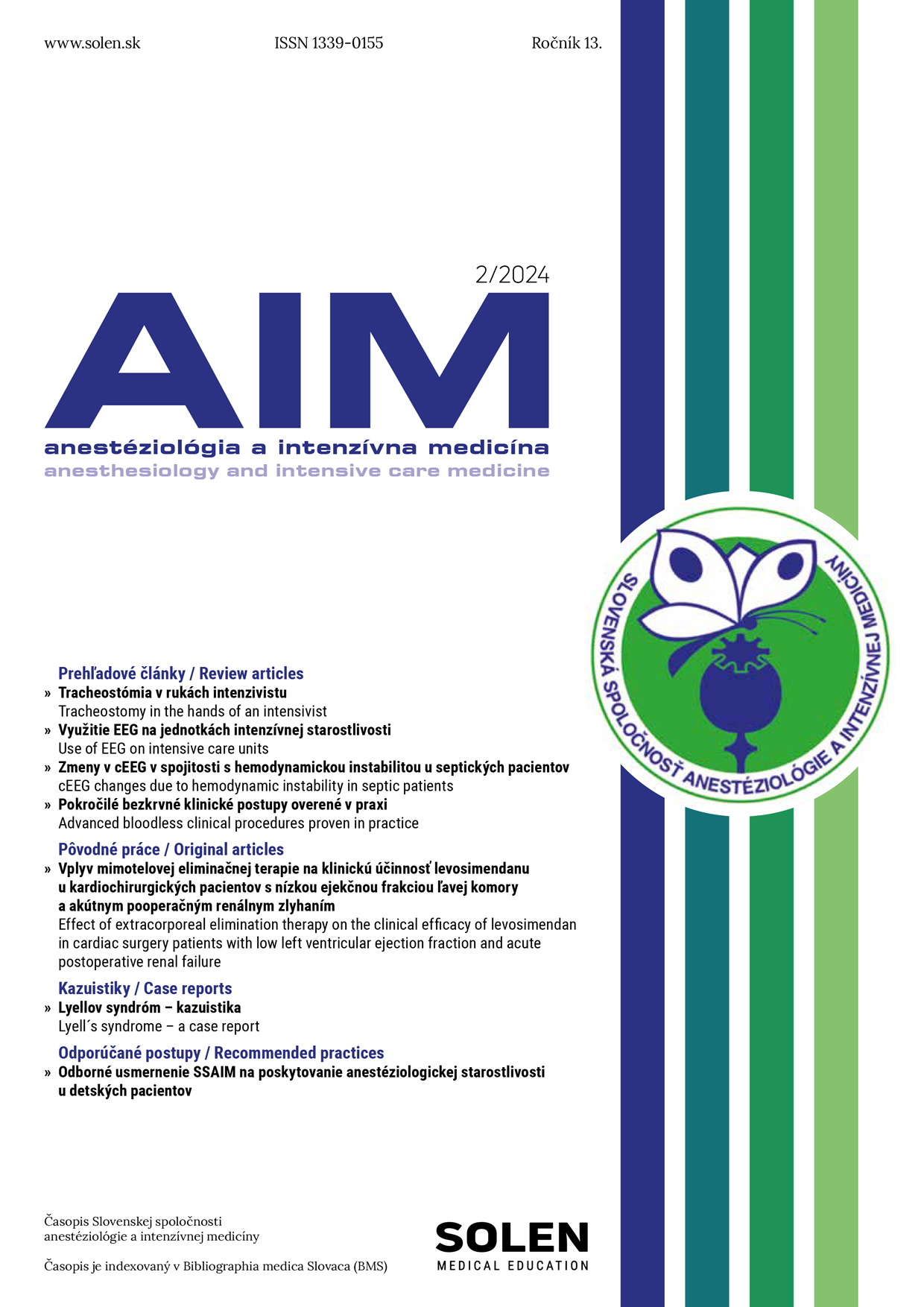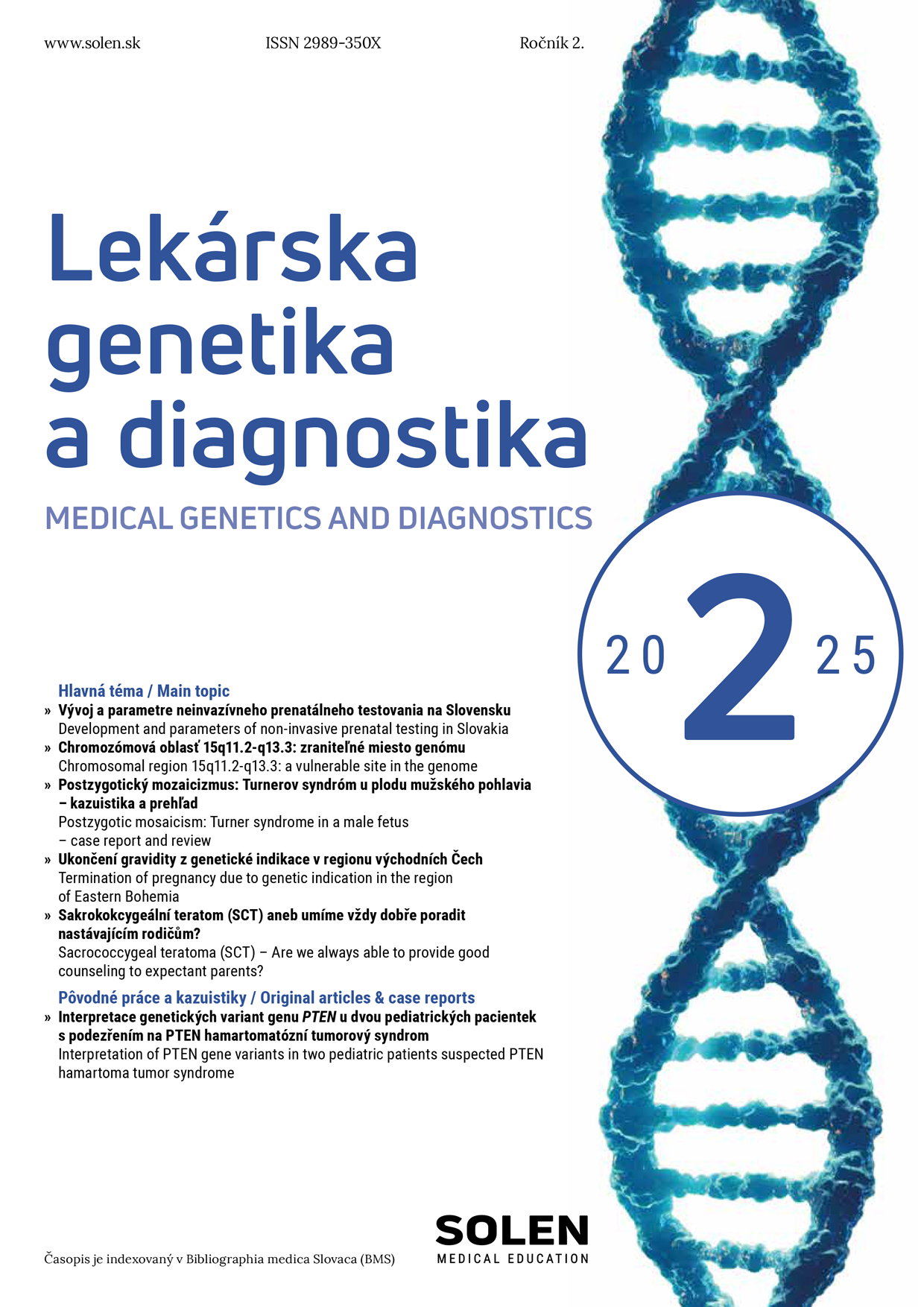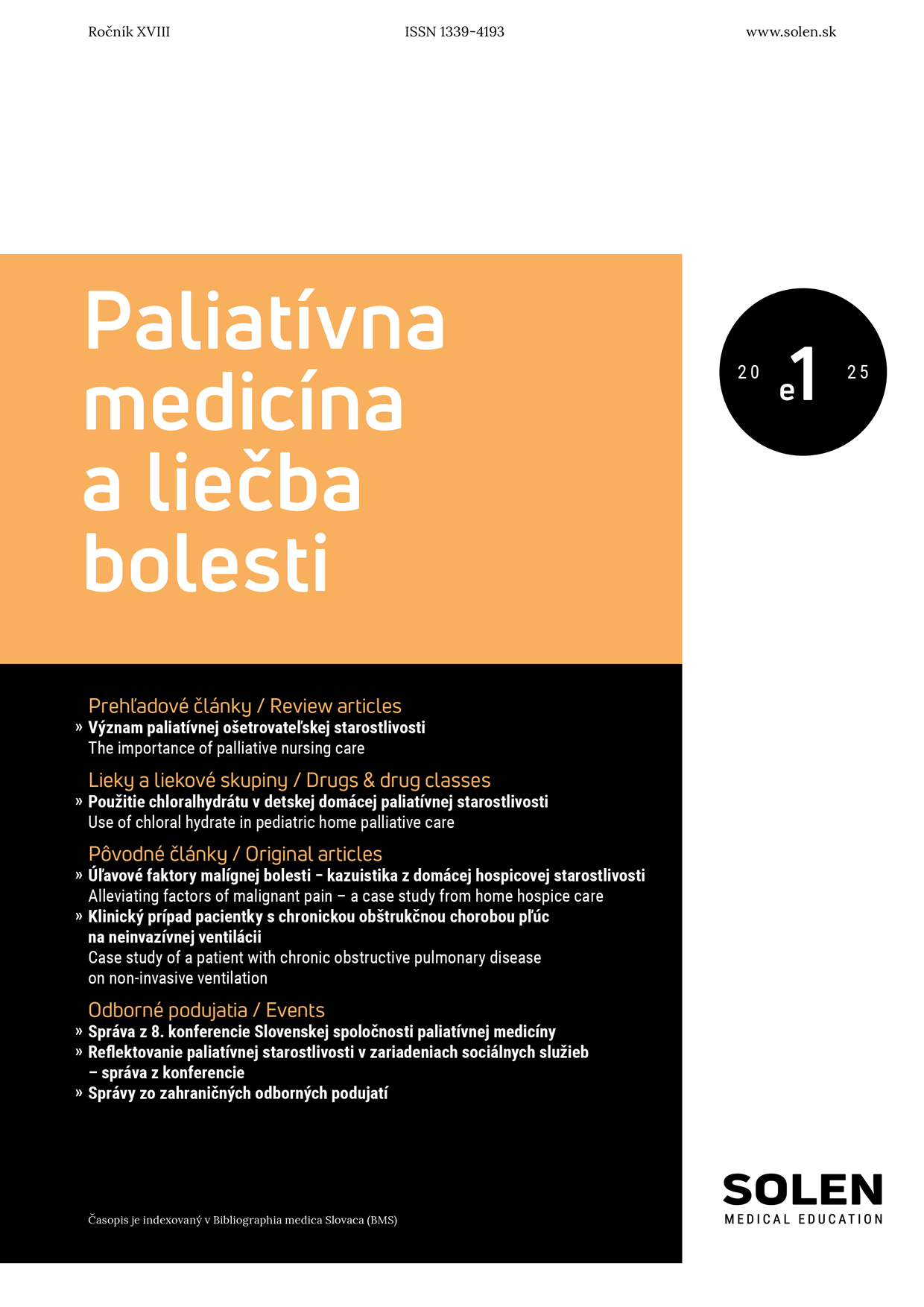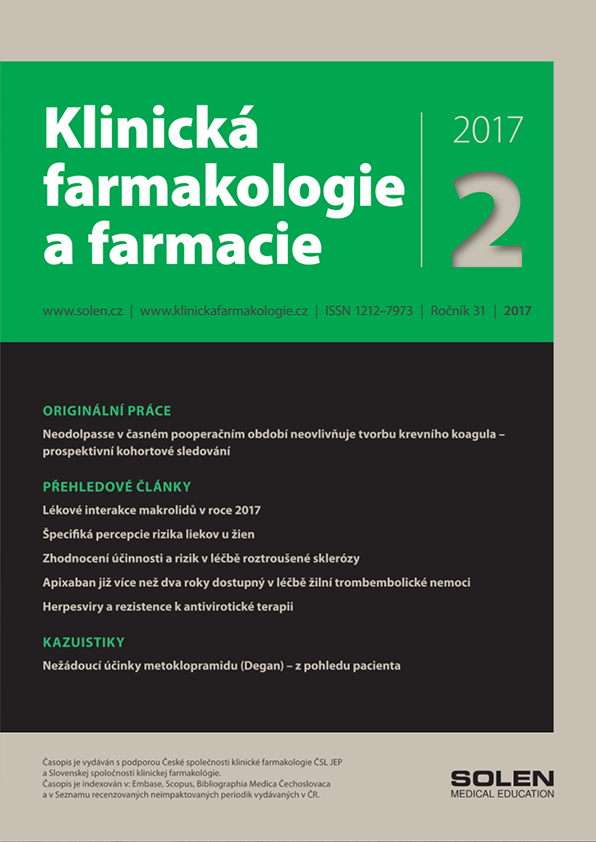Via practica 5/2024
Rare malignancies in elderly
In general, the population worldwide is ageing, and the World Health Organization (WHO) predicts that by 2050 the number of people aged ≥ 60 years will double, and the number of people aged ≥ 80 years will reach 400 million. Age is the most important risk factor for malignancy, with 70% of malignancies diagnosed at age ≥ 70 years, and the prevalence of multiple malignancies rising with age. Cancers with less than 6 cases per 100 000 people per year are considered rare malignancies. Despite the rarity of each type of malignancy, the collective burden of this extremely heterogeneous group is substantial, with 24% of all diagnosed cancers being of a rare type. The five-year overall survival of patients with rare malignancies is 48.5% and is significantly worse than that of patients with more common cancers (63.4%). The poorer treatment outcomes of patients with rare cancers are mainly attributed to the specific barriers faced by these patients, including delayed diagnosis, lack of expertise care, inadequate treatment as well as lack of scientific evidence to guide therapeutic decision-making. Based on many international recommendations, a person aged ≥ 65 years is considered to be elderly. Elderly patients face different challenges compared to younger patients, such as comorbidities that may hinder optimal treatment. Due to comorbidities, malignancies in the elderly are often diagnosed late (resembling symptoms of other diseases), elderly patients are more susceptible to misdiagnosis, have a high burden of adverse side effects of treatment, or are still enrolled in a low percentage of clinical trials. Older patients should be treated in the same way as younger patients and the decision should be based on the patient’s condition and comorbidities. Rare malignancies in this age group often present diagnostic and therapeutic challenges, and the following review article discusses some of them.
Keywords: elderly, malignancy, rare malignancy




